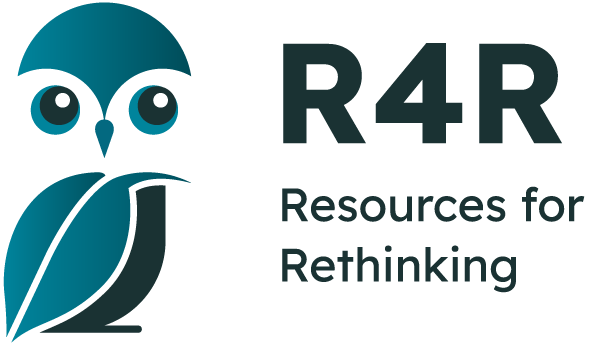- Home
- Tutorial
- Resource Guides
- Focus Areas
- LSF Programs
-
Professional
Development - Review Process
-
A project of LSF

Search for Resources
Description
The What is Ocean Acidification? research feature provides teachers with background information and climate science focused on the impact of ocean acidification on marine ecosystems and coastal economies. It explores how increasing atmospheric carbon dioxide, primarily from human activity, is lowering ocean pH and reducing the availability of calcium carbonate—a key building block for shellfish. The resource highlights research conducted by scientists studying the link between ocean chemistry, shellfish population declines, and the socioeconomic effects on Atlantic Canadian communities that depend on shellfish fisheries.
Students will:
-
explore the causes and consequences of ocean acidification through a hands-on investigation
-
conduct an experiment comparing the effects of acidic, neutral, and basic solutions on shellfish shells
-
analyze data and pH levels to draw conclusions about how acidification affects marine species
-
discuss how ocean acidification impacts both ecosystems and human livelihoods
-
consider future questions and reflect on real-world climate resilience strategies in coastal regions
The resource provides a practical, inquiry-based activity aligned with Canadian curriculum, background information for educators, student worksheets, and discussion questions to enhance understanding of climate science, chemical reactions, and the interconnectedness of environment and economy.
General Assessment
Recommendation of how and where to use it
This resource is part of a collection of research features which bring local climate change research into the classroom and enable teachers to integrate climate change research into their classrooms through fun, engaging and accessible research topics.
Discover Our Climate resources are relevant to Atlantic Canada and include curriculum-based learning activities designed for grades seven to twelve. Each feature encourages students to be curious and create solutions for the on-going climate challenges we face.
Relevant Curriculum Units
The following tool will allow you to explore the relevant curriculum matches for this resource. To start, select a province listed below.
- Step 1Select a province
- Alberta
- Step 2Select a grade level
- Grade 8
- Step 3Select a subject
- Science
- Step 4Relevant matches
- Freshwater and Saltwater Systems
- Grade 9
- Step 3Select a subject
- Science
- Step 4Relevant matches
- Biological Diversity
- Knowledge and Employability Science: Biological Diversity (Social and Environmental Contexts Emphasis)
- Knowledge and Employability Science: Environmental Chemistry (Social and Environmental Contexts Emphasis)
- British Columbia
- Step 2Select a grade level
- Grade 10
- Step 3Select a subject
- Science
- Step 4Relevant matches
- Energy change is required as atoms rearrange in chemical processes.
- Grade 11
- Step 3Select a subject
- Environmental Science
- Step 4Relevant matches
- Environmental Science 11: Human practices affect the sustainability of ecosystems
- Manitoba
- New Brunswick
- Step 2Select a grade level
- Grade 9
- Step 3Select a subject
- Science
- Step 4Relevant matches
- Science 9 Ecosystem Dynamics: Learning and Living Sustainably
- Science 9 Ecosystem Dynamics: Scientific Literacy
- Grade 10
- Step 3Select a subject
- Science
- Step 4Relevant matches
- Science 10 Science for Sustainable Societies: Scientific Literacy
- Grade 12
- Step 3Select a subject
- Environmental Science
- Step 4Relevant matches
- Introduction to Environmental Science 120: Investigating Environmental Issues
- Newfoundland & Labrador
- Step 2Select a grade level
- Grade 10
- Step 3Select a subject
- Science
- Step 4Relevant matches
- Science 1206: Sustainability of Ecosystems
- Grade 12
- Step 3Select a subject
- Environmental Science
- Step 4Relevant matches
- Environmental Science 3205: Water Use & the Environment
- Geography
- Step 4Relevant matches
- World Geography 3200/3202: Ecosystems
- Northwest Territories
- Step 2Select a grade level
- Grade 10
- Step 3Select a subject
- Science
- Step 4Relevant matches
- Energy change is required as atoms rearrange in chemical processes.
- Grade 11
- Step 3Select a subject
- Environmental Science
- Step 4Relevant matches
- Environmental Science 11: Human practices affect the sustainability of ecosystems
- Nova Scotia
- Step 2Select a grade level
- Grade 8
- Step 3Select a subject
- Science
- Step 4Relevant matches
- Science 8: Climate Change
- Grade 10
- Step 3Select a subject
- Science
- Step 4Relevant matches
- Science 10: Sustainability of Ecosystems
- Science 10:Chemical Reactions
- Grade 12
- Step 3Select a subject
- Environmental Science
- Step 4Relevant matches
- AP Environmental Science: Global Change
- Nunavut
- Step 2Select a grade level
- Grade 8
- Step 3Select a subject
- Science
- Step 4Relevant matches
- Freshwater and Saltwater Systems
- Grade 9
- Step 3Select a subject
- Science
- Step 4Relevant matches
- Chemistry and the Environment
- Knowledge and Employability Science: Biological Diversity (Social and Environmental Contexts Emphasis)
- Knowledge and Employability Science: Environmental Chemistry (Social and Environmental Contexts Emphasis)
- Knowledge and Employability Science: Matter and Chemical Change (Nature of Science Emphasis
- Ontario
- Step 2Select a grade level
- Grade 9
- Step 3Select a subject
- Science
- Step 4Relevant matches
- :Biology: Sustainable Ecosystems
- STEM Skills, Careers, and Connections
- Grade 10
- Step 3Select a subject
- Science
- Step 4Relevant matches
- Science (Academic):Chemistry: Chemical Reactions
- Science (Academic):Earth and Space Science: Climate Change
- Science (Applied)::Chemistry: Chemical Reactions and Their Practical Applications
- Grade 11
- Step 3Select a subject
- Environmental Science
- Step 4Relevant matches
- Environmental Science (Univ/College Prep.) Scientific Solutions to Contemporary Environmental Challenges
- Environmental Science (Workplace Prep.) Human Impact on the Environment
- Geography
- Step 4Relevant matches
- Forces of Nature: Physical Processes and Disasters (Univ./College Prep.): The Physical Environment: Sustainability and Stewardship
- Introduction to Spacial Technologies: (Open):Using Spacial technologies to Support Sustainability and Stewardship
- Grade 12
- Step 3Select a subject
- Geography
- Step 4Relevant matches
- The Environment & Resource Management (Univ./College Prep) : Ecological Systems: Interactions and Interdependence
- The Environment & Resource Management (Workplace Preparation): Human-Environment Interactions
- Prince Edward Island
- Step 2Select a grade level
- Grade 8
- Step 3Select a subject
- Science
- Step 4Relevant matches
- Water Systems on Earth
- Grade 9
- Step 3Select a subject
- Science
- Step 4Relevant matches
- Science 9: Procedural Knowledge
- Grade 10
- Step 3Select a subject
- Science
- Step 4Relevant matches
- Science 431A: Life Science, Sustainability of Ecosystems
- Sciene 431A: Chemical Reactions
- Grade 12
- Step 3Select a subject
- Environmental Science
- Step 4Relevant matches
- Environmental Science 621A: Natural Resources
- Quebec
- Step 2Select a grade level
- Grade 9
- Step 3Select a subject
- Science & Technology
- Step 4Relevant matches
- Applied Science & Technology: The Material World
- Science and Technology: The Material World
- Grade 10
- Step 3Select a subject
- Science & Technology
- Step 4Relevant matches
- Applied Science & Technology:The Living World
- Environmental Science & Technology: The Earth and Space
- Environmental Science & Technology: The Material World
- Science & Technology: The Earth and Space
- Science & Technology: The Material World
- Science and the Environment: The Material World
- Saskatchewan
- Yukon Territory
- Step 2Select a grade level
- Grade 10
- Step 3Select a subject
- Science
- Step 4Relevant matches
- Chemical processes require energy change as atoms are rearranged
- Grade 11
- Step 3Select a subject
- Environmental Science
- Step 4Relevant matches
- Environmental Science 11: Human practices affect the sustainability of ecosystems
Themes Addressed
Air, Atmosphere & Climate (1)
- Climate Change
Ecosystems (1)
- Biodiversity
Land Use & Natural Resources (1)
- Fisheries
Water (1)
- Marine Environments

